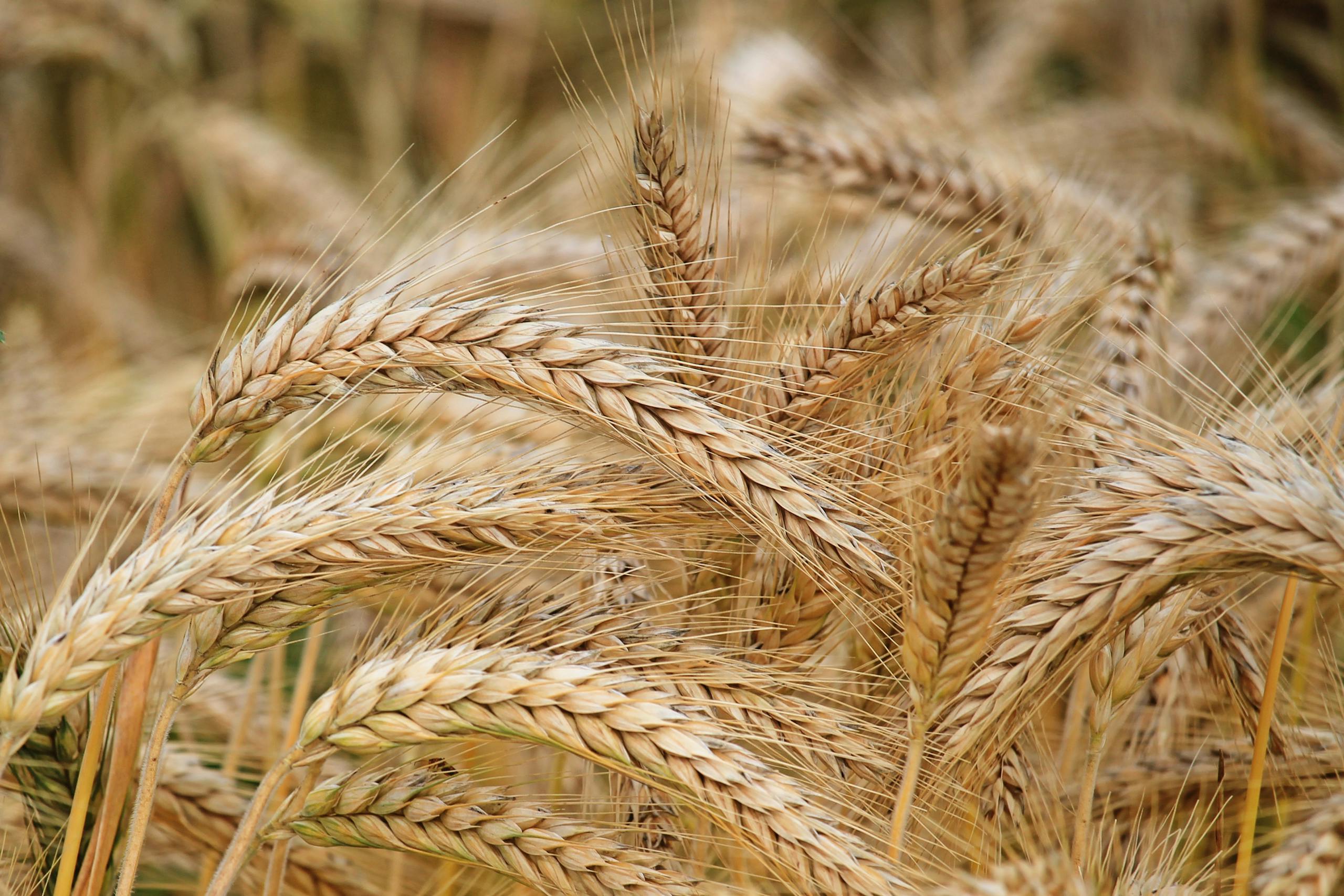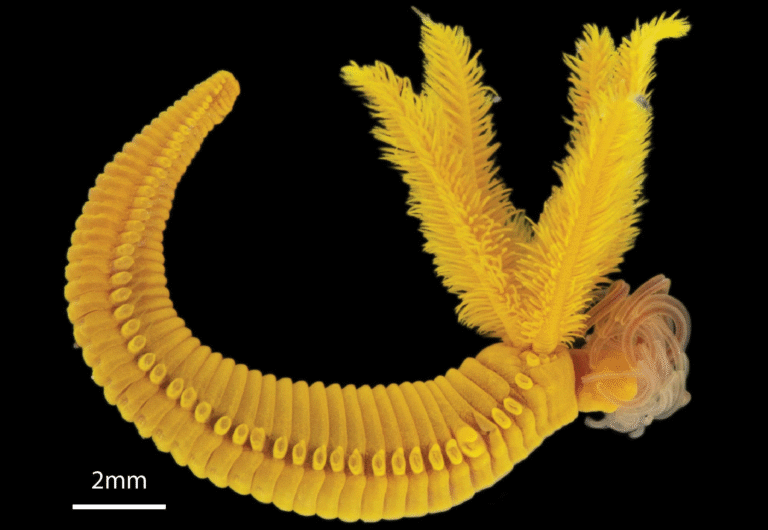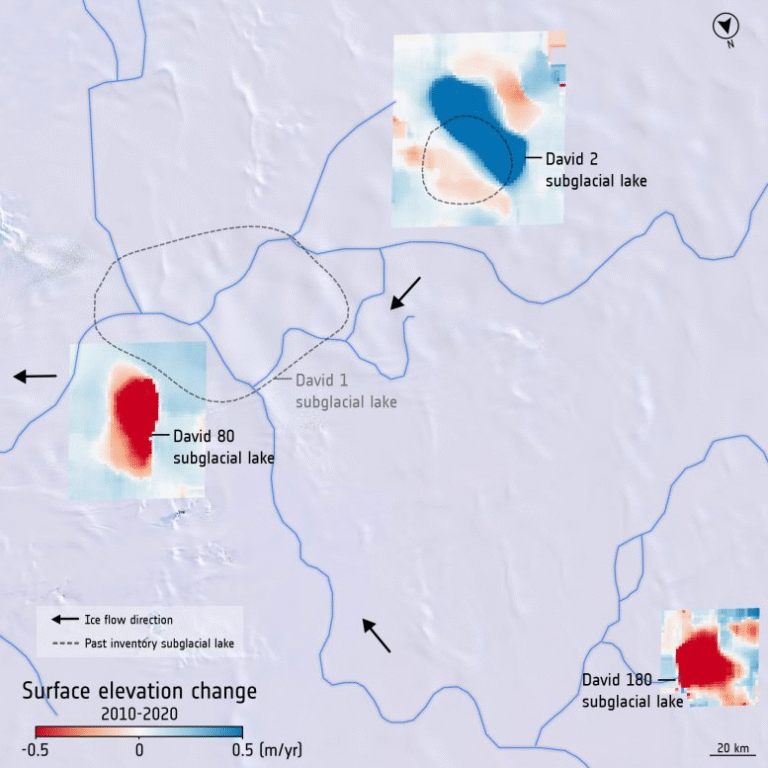Ancient Discovery in Uzbekistan Challenges Farming’s Origin Story

For a long time, the story of farming has been rooted in one region: the Fertile Crescent. This stretch of land in the Middle East is where many believed agriculture truly began, around 10,000 years ago, when the Natufians first started harvesting wild grains. But a new discovery in southern Uzbekistan is adding a surprising twist to that tale—and it’s making archaeologists rethink how and where farming began.
A Cave That Rewrites History
In 2019, an international team of archaeologists explored Toda Cave, nestled in the scenic Surkhandarya Valley. What they uncovered was more than just stone tools and old campfires—it was evidence that people here were harvesting wild barley at least 9,200 years ago. That’s right, barley gathering wasn’t limited to the Fertile Crescent; it was happening far to the east as well.

The research team, led by Xinying Zhou from the Institute of Vertebrate Paleontology and Paleoanthropology in Beijing, and guided locally by Farhad Maksudov of the Institute of Archaeology in Samarkand, carefully sifted through the cave’s oldest layers. They found blades, flakes, charcoal, and preserved plant remains. Analysis later confirmed that these weren’t just random leftovers—they painted a picture of people actively collecting and processing plants.
What They Found
The finds were fascinating. Alongside the barley, researchers discovered pistachio shells and apple seeds, suggesting a diverse diet of wild foods. The stone blades, mostly made of limestone, showed wear patterns that matched those found at early farming sites—clear signs they were used to cut grasses and plants.

Archaeobotanist Robert Spengler from the Max Planck Institute of Geoanthropology led the plant analysis. He confirmed the people of Toda Cave weren’t simply foraging randomly; they were involved in practices that looked a lot like the earliest steps toward farming.
Rethinking the Origins of Agriculture
So, what does this all mean? For one, it challenges the old idea that farming was born in a single “cradle of civilization” and spread outward. Instead, it looks more like a mosaic of communities, spread across continents, each experimenting with plants in their own way.
Even more intriguing, the research supports the idea that domestication may not have been intentional. People didn’t sit down and decide, “Let’s invent farming.” Instead, through centuries of gathering, cutting, and reusing plants, humans unintentionally nudged certain crops—like barley—toward domestication.
This discovery also pushes back against the belief that farming only arose as a desperate response to population pressures or climate changes. The evidence from Uzbekistan shows people were engaging in these transitional practices long before they “needed” to.
What Comes Next
The team isn’t stopping here. They want to find out whether this barley was being deliberately cultivated or simply collected from the wild. If it was cultivated, it could mean Central Asia was home to a separate origin of farming altogether. Or, it might show that farming traditions spread eastward from the Fertile Crescent far earlier than anyone thought.
Either way, this cave has opened up an exciting new chapter in our understanding of human history. The journey from foraging to farming wasn’t a straight line, and it certainly wasn’t confined to one region. Instead, it now looks like humans across the world were tinkering with plants and landscapes in parallel, slowly paving the way for the agricultural revolution that would eventually transform societies forever.
Final Thoughts
The Toda Cave discovery is a reminder that history isn’t set in stone—sometimes it’s carved into limestone blades or hidden in ancient barley husks. What we thought we knew about farming’s beginnings is evolving, and every new excavation adds a piece to the grand puzzle of human culture.
Source: “9,000-year-old barley consumption in the foothills of central Asia”





